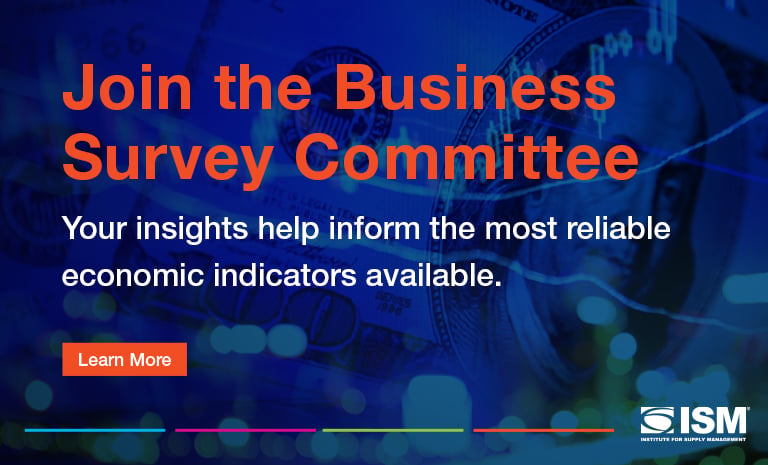Tame the ‘Terrible 2s’ — and Create Value

The most misunderstood and overlooked segment of supplier diversity is Tier-2 spend. Even many established programs fail to embrace its potential or view this solely as a reporting exercise. And while universal agreement is that supplier diversity is a proactive business strategy providing suppliers equity in sourcing and purchasing opportunities, there is a lack of consistency and purpose in the value of Tier-2 diversity spend.
The business case for using diverse suppliers is like that of workforce inclusion: Diverse business introduces creativity, innovation and different approaches and perspectives. While incumbent suppliers might listen to your needs and be flexible enough to accommodate and collaborate with your buyers, introducing diverse suppliers in bid opportunities calls them to task, making pricing more competitive and ultimately giving your company better solutions. Since quantifying the business value is not easy, many companies opt to share stories instead. Confusion around value arises when you look further into your supply chain, attempting to influence your supplier’s behavior.
What is Second-Tier Reporting?
Second-tier reporting, also called Tier-2 reporting, encourages your suppliers to actively use diverse suppliers. It is composed of two separate components: report out and report in. The only similarity is that both are quarterly reports.
A report-out submission is a request from a company you do business with to share your Tier-1 diverse spend. For a report-in submission, you request selected suppliers to report their Tier-1 diverse spend. This is a confusing concept for some. You share a report out and collect a report in. Together, these reports create a push-and-pull scenario, which promotes the use of diverse suppliers.
Some supplier diversity managers mistakenly consider the Tier-2 report as just another clerical requirement. But used correctly, it creates supply chain inclusivity, using metrics to drive results.
Spend Considerations
Second-tier reporting spend can create value in several ways. Suppliers that otherwise wouldn’t qualify for a contract due to barriers to entry, like insurance requirements, can provide a product or service as Tier-2 direct spend. When a diverse supplier’s product or service can be traced directly from your suppliers to you, it allows the supplier to work on your account and break these barriers.
Think of a delivery made to you by a diverse transportation company or a custom widget produced by a diverse firm that you use in a product. In both cases, your company directly benefits from the diverse supplier, even though you are not contracting with them as a Tier-1 supplier.
Indirect submissions are allocations: When unable to track direct spend, companies distribute Tier-1 diverse spend based on the revenue percentage each supplier contributes. For example, a supplier that makes up 50 percent of a company’s revenue is allocated 50 percent of that company’s diverse spend.
This type of Tier-2 report is sometimes considered to be fake or imaginary because it is based on an allocation. It can become problematic when the (1) allocated spend is significant compared with Tier-1 figures or (2) indirect spend is used inappropriately to supplement a lackluster supplier diversity program.
Expanding Your Influence
A Tier-2 program is a vehicle to demand that companies you do business with recognize the importance of supplier diversity. The impact of Tier-2 diverse spend is exponential. It creates a ripple effect, like tossing a pebble in a pond, the concentric circles expanding, influencing other companies to follow your lead.
While the impact of a single company may be limited, Tier-2 spend multiplies your impact, as each of your suppliers begin to use diverse suppliers and asks their suppliers to report diverse spend, and so on — until it’s an established way to do business.
If simply creating an inclusive supply chain is not enough value for having a Tier-2 program, it can be worth a few points in a competitive bid.
Three things to keep in mind:
- Not all your suppliers will be able to complete report in submissions. Purposely and thoughtfully select the companies you ask to report. Impactful programs realize 80-percent reporting compliance.
- Supply chain diversity requires planning and preparation; it does not happen organically overnight. Diverse suppliers need to compete and win your business by offering best-in-class solutions at competitive pricing. Keep this in mind when requesting your suppliers to report Tier-2.
- Simplicity works. Small Tier-2 programs (with fewer than 25 companies reporting) can be managed on a spreadsheet. Technology solutions offer data repositories, but reporting compliance is based on education and relationships — in essence, the human touch works.
Avoid Double Counting
Maintaining data accuracy is the Achilles’ heel of supplier diversity programs. When reporting, count spend from each diverse supplier once — and only once. To do this, create a hierarchy to consistently categorize each diverse supplier. For example, a Black women-owned business is either a minority business enterprise (MBE) or a women’s-business enterprise (WBE), but not both. Reconcile your numbers to ensure your Tier-2 report out (1) reflects the sum of direct and indirect spend and (2) equals your total diverse spend.
Tier-2 reporting creates value by influencing the companies you do business with to intentionally engage diverse suppliers. With that, you infuse creativity and innovation into their operations. Using diverse suppliers has a positive economic impact on communities and supports small-business growth. Tier-2 contracts offer suppliers a way in, while they mature and expand their business capabilities.
Used wisely, Tier-2 spend reporting can be your secret weapon, creating value for your company, your suppliers and the communities you support. Companies with Tier-2 programs are leaders that foster diverse and inclusive supply chains.

